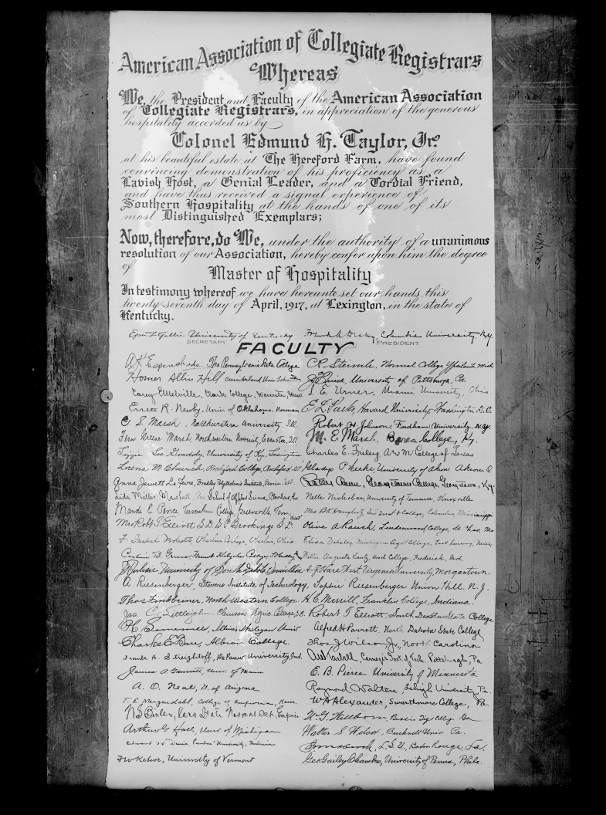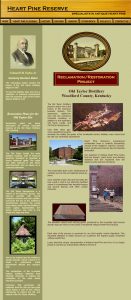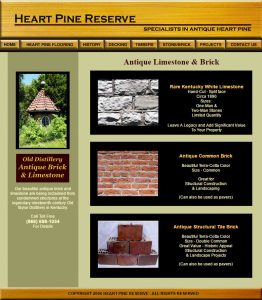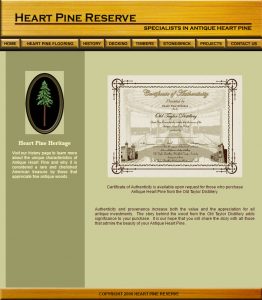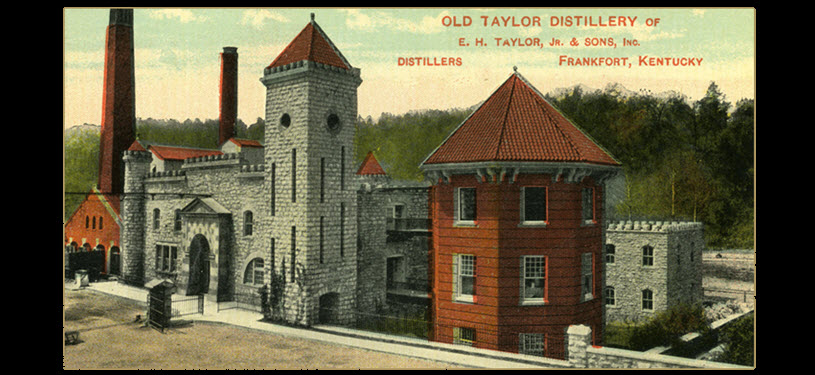
100 years after Colonel E.H. Taylor, Jr. had the “Degree of Master of Hospitality” conferred upon him, his dream of building a distillery showplace as a destination for tourists is once again rising from the ruins. The Colonel’s once glorious Old Taylor Distillery has been through a lot since its inception in 1887. The distillery was shuttered in 1972 and has been in a state of decay, overrun by weeds, vandalism and snakes for more than 40 years. Basically, Mother Nature has been hard at work trying to reclaim this 113 acre piece of land and its 20 plus buildings along Glenn’s Creek in Millville, Kentucky near Frankfort.
Colonel E.H. Taylor, Jr. – The Only Man with the Degree of Master of Hospitality
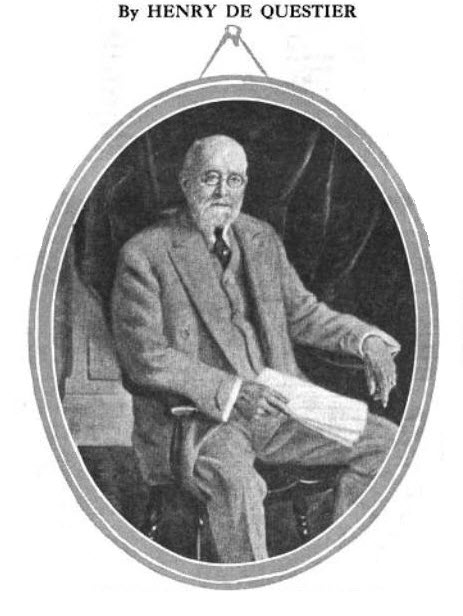

Stay Informed: Sign up here for the Distillery Trail free email newsletter and be the first to get all the latest news, trends, job listings and events in your inbox.
In the latter half of the 1800s Colonel E.H. Taylor, Jr. was a well known banker and politician in Frankfort, the state’s capital. He served as the city’s mayor for 16 years from 1871 through 1887. As a banker, he helped to organize and finance many nearby distilleries. In 1869 Taylor himself got started in the distillery business with his purchase of what became the O.F.C. (Old Fire Copper) Distillery and also the Carlisle Distillery. Taylor later ran into financial troubles and in 1878 was forced to sell the distillery to George T. Stagg. Stagg then turned around and hired Taylor to run the distillery. On a quick side note, in 1904 the O.F.C. was renamed the George T. Stagg Distillery and years later in 1992, that distillery was renamed again to what we now know as Buffalo Trace Distillery.
Related Stories
Castle & Key Distillery: A Behind the Scenes Tour of this 129 Year Old Startup
Marianne Barnes Now Has the Key to the Castle, Literally, Introducing Castle & Key Distillery
A few years after working for Stagg, Taylor re-established his finances and formed Colonel E. H. Taylor, Jr. & Sons and in 1887 they opened his flagship distillery, the Old Taylor Distillery. Unlike other distilleries of its day that were designed and built as distillate factories the Old Taylor Distillery was different. Old Taylor was the first distillery in the United States to be built from the ground up as a showplace, a one of a kind destination that was equally focused on merchandising, branding and entertaining guests as it was on creating great spirits.
The Colonel’s footprint in the bourbon industry runs deep. Taylor is often referred to as “the father of the modern bourbon industry” for innovations like copper fermentation tanks, state-of-the-art grain equipment, columnar stills, a more efficient sour mash technique, a first-of-its-kind steam heating system to help in the maturation process of bourbon aging inside the barrel and for his role in helping with passage of the Bottled in Bond Act of 1897. The BIB Act guaranteed that what a distiller said was in the bottle was in fact in the bottle. In short, it said the spirit in the bottle must be made by one distiller at one distillery in one distilling season; it must be aged for at least four or more years and bottled at 100 proof. Prior to this law there was widespread adulteration by many distillers and resellers of spirits. You can learn more about the Bottled in Bond Act here.
Degree of Master of Hospitality
He was so focused on creating a great customer experience that in 1917, Colonel E.H. Taylor, Jr. was the only person to have the “Degree of Master of Hospitality” conferred upon him by the registrars of 58 colleges. The occasion was the meeting of the American Association of the Collegiate Registrars, held in Lexington, Kentucky. For a day the Colonel entertained the members of the association at his Hereford Farm in Woodford County, between Lexington and Frankfort. A news report from Henry De Questier said that, “The Registrars found convincing demonstration of his proficiency as a lavish host, a genial leader, a cordial friend, and thus received a signal experience of his Southern hospitality.” Speaking of honorarium, the title of Colonel was not because Mr. Taylor was in the military, rather he was a Kentucky Colonel, a title of honor bestowed by the Governor of Kentucky. It is recognition of an individual’s noteworthy accomplishments and outstanding service to one’s community, state and nation.
Prohibition Forced the Closure of Old Taylor Distillery
Unfortunately, all that lavish hospitality soon dried up as Prohibition approached and the distillery was forced to shut down production in 1917. As Brett Connors, Brand Ambassador at Castle & Key Distillery gave me a behind the scenes tour of the distillery, he pointed out only six distilleries were allowed to remain open during Prohibition to sell medicinal spirits. Even these six distilleries were not allowed to distill but they were allowed to sell what they already had made. As they exhausted their own inventory they were allowed to purchase other distillers aging inventory. It was during this time that American Medicinal Spirits which eventually became National Distillers purchased the Old Taylor Distillery and its inventory.
Post Prohibition Boom
After the 21st Amendment ended Prohibition, National Distillers restarted bourbon production at the Old Taylor Distillery in 1935. Brett said that, “All the modernization that Colonel Taylor achieved at the distillery was basically ramped up by National Distillers. They kept ballooning and ballooning in scale to the point that where in the 60s they were producing 400 to 1,000 barrels of whiskey a day here. National Distillers had a staff of nearly 1,000 people working between the Old Taylor Distillery and the Old Crow Distillery (right next door) which was also purchased by National Distillers.” You can see a photo below of the now decommissioned massive 72″ diameter continuous column still that allowed for this volume.
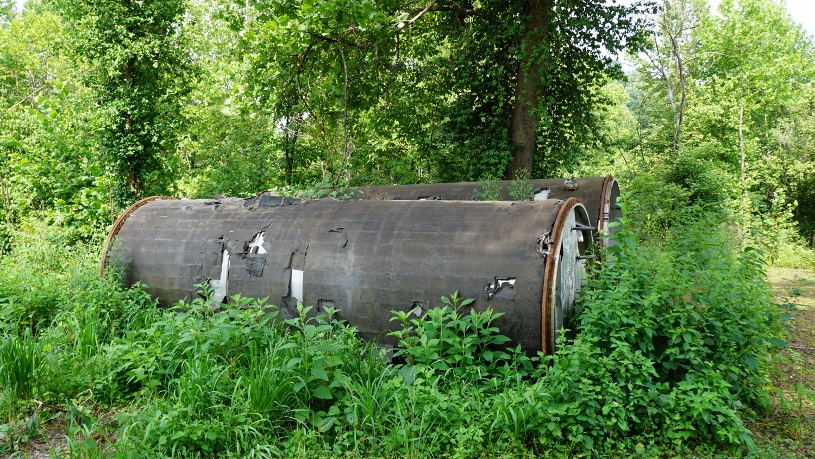 The Brown Spirits Bust
The Brown Spirits Bust

The thirst for Bourbon stayed strong through the 50s and 60s but as the nations tastes shifted to white spirits like vodka, rum and tequila the bourbon market plummeted. In 1972 National Distillers stopped producing bourbon at the Old Taylor Distillery and eventually in 1987 sold the distillery to Jim Beam.
The Old Taylor Distillery Sold for Scrap
With the Bourbon boom over, there was no need for a 100 plus year old distillery with this kind of capacity. In 2005 the once proud Old Taylor Distillery was sold to an Atlanta based group of investors for salvage. This once majestic castle along with all its neighboring buildings was about to meet a wrecking ball. The group planned on selling the distilleries hand cut Kentucky Limestone blocks that made up the facade of the castle, the vintage bricks and tiles that lined the walls of the turrets and the rare 100 year old heartwood pine that made up the racks inside the barrel warehouses piece by piece for scrap. Two of the once sturdy warehouses were torn down and their heartwood pine that used to hold thousands of barrels of bourbon was sold for flooring. In this day and age, it’s hard to believe this could happen but, you can see screenshots of the actual website created to sell the salvaged parts below. Click on any image to enlarge it.
From the Heart Pine Reserve brochure: “Our current selection of antique heart pine flooring is milled from the timbers of old whiskey-barrel warehouses of the nineteenth century Old Taylor Distillery in Kentucky.
The Old Taylor Distillery played a major role in the history of the American bourbon industry. The impressive 82-acre site has numerous industrial buildings in addition to the legendary Old Taylor Castle, and Old Taylor Springhouse. Over thirty years ago, when operations became obsolete, the stately iron gates of the 19th century distillery were closed and the site was essentially abandoned. Heart Pine Reserve’s experienced reclamation team is carefully dismantling several of the distillery’s massive whiskey-barrel warehouses that are beyond feasible restoration.”
Fortunately, while the ghost of Colonel Taylor was turning over in his grave as his distillery was being dismantled piece by piece, the bottom fell out of the U.S. housing market in 2008 and the salvage business came to a screeching halt. The distillery once again went into disrepair and was left to decay.
Old Taylor Distillery Sold to Peristyle, LLC
In 2013 the Atlanta investor group put the distillery up for sale for $1.5 million and in May 2014 it sold to another investor group, Peristyle LLC but, this time, there was an entirely different plan. Peristyle started by entrepreneurs Will Arvin and Wes Murry bought the property for $950,000 and announced their plans to revive and restore this historic distillery to its glory days. They said they would be investing $6.1 million to once again make bourbon and other spirits at this location. After touring the distillery this week and looking at the old postcard below, it suddenly dawned on me where the Peristyle name came from.
Old Taylor Distillery Rising from the Ruins as “Castle & Key Distillery”
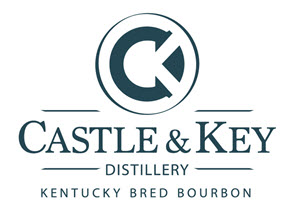
Castle & Key Distillery still has a lot of work to be done but they’ve made massive progress to the property and the distillery. Marianne says they expect to start producing spirits in September 2016 and to open up the grounds to tourism around January 2017.
Sign up here for the Distillery Trail free email newsletter to be notified when we’ll share Part 2 of the Castle & Key Distillery story that will include details on the vodka, four gins and four bourbons that Marianne is working on now.
The “Key” in Castle & Key is Hiding under the Peristyle!
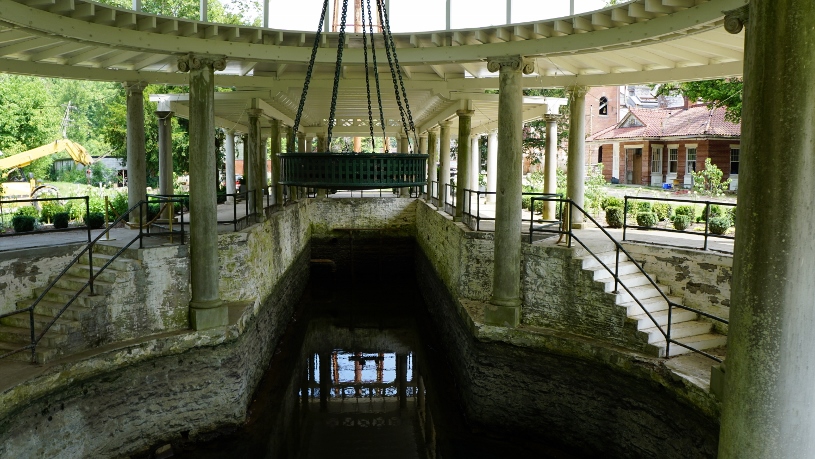
Oh and the Peristyle LLC name should be pretty obvious by now.
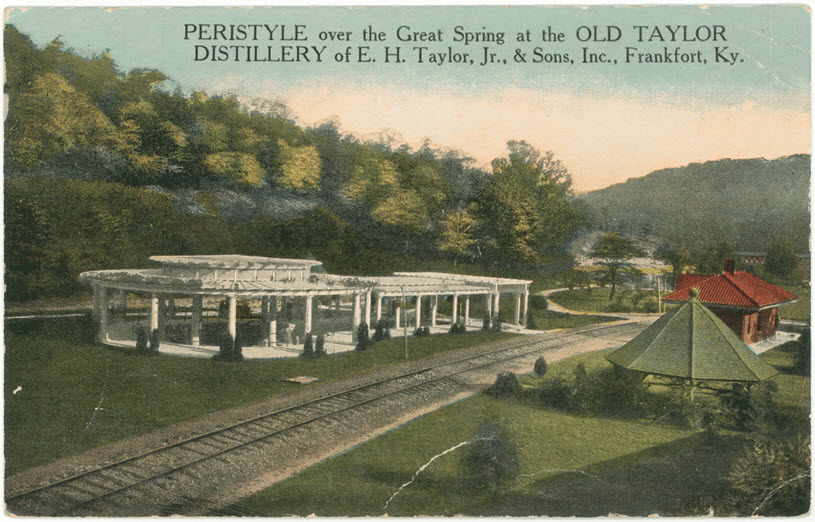
Please help to support Distillery Trail. Like us on Facebook and Follow us on Twitter.


